For centuries, the furnace lined with tiles or tiles served as a source of heat, personifying traditional family foundations. Currently, the custom is returned to the furnaces again. The tile, which is facing them, performs decorative, as well as a practical function, increasing the duration of heat transfer and acting as a reliable obstacle to penetration of harmful burning products into the room. It is worth considering that for facing the furnace it is necessary to apply purely heat-resistant tile materials.
Content
Varieties Tiles for Facing Facing
Compared to the decorative tile, the unlunned oven loses in many indicators, besides, it looks less aesthetically. Dust can be gathered on its surface, making it too pleasant smell during extract and heating, while the tile coating is easy to clean.
It is no secret that for furnaces and fireplaces is characteristic of high temperature heating. Having devoted sufficient attention to which tile should be chopped, you can significantly win as and the durability of such a finish. Separate requirements should be taken into account when planning, how to bust the stove with tiles. When choosing a facing material, it is necessary to take into account its heat engineering characteristics - it is necessary that the tile has a high heat resistance and was distinguished by considerable strength to mechanical damage. Specialists are recommended for facing furnaces to use ceramics tiles with a thickness of 0.6-0.8 cm.
Currently, several varieties of such a finishing material are available:
- terracotta - is a unwrapped tile with a rough surface made of color clay by pressing and subsequent firing. Such a porous tile is uniformly painted throughout the thickness, it is distinguished by strength and excellent clutch with the base of the masonry. For this finishing material, the natural range of shades from the milk-cream to dark brown is characteristic, including a saturated terracotta color;
- majolika is made in addition to the same method as the above finishing material, with additional application on the front surface of the layer of the glaze of the necessary shades. Such processing allows you to give high decorative properties to ceramic tiles. In the old days, the oven Miolika could afford only highly prosperous homeowners;
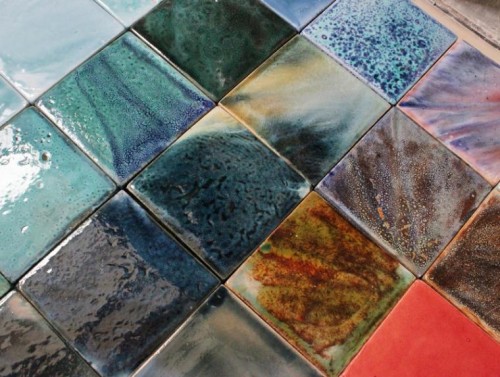
- tiles are a unique finishing material for facing the furnaces, which has long become an integral part of Slavic culture. The technology of processing of tapes was rejected by centuries. A special form of the involve side of such products in the form of a box protrusion (RMSP) is specially designed for comfortable fastening in the oven masonry. Thanks to this volumetric structure, the tiles are evenly distributed over the surface of the furnace, accumulate and perfectly hold warm. Such products with terracotta or glazed surface are presented on sale, flat and shaped - round and complex shape, angular, curb and cornice. With their help, you can perform the most intricate and original finish of the furnace. It is important to note that, in contrast to other methods, the cladding of the tiles must be carried out in the process of erection;
- clinker tiles - is a heat-resistant finishing material that is manufactured by pressing and firing at high temperatures from a mixture of various clay varieties, chamoite powder and mineral dyes. Such a facing of the oven tile is resistant to abrasion, it is distinguished by considerable strength and resistance to heating;
- porcelain stonework - the tile material produced by the pressing method and high-temperature firing from a homogenized mixture, which includes clay, sand, small grinding crumb and marble, as well as dyes in the form of metal oxides. This tile is distinguished by a monolithic structure, increased strength and resistance to high temperatures. Through the use of modern technologies, the porcelain tile provides ambit possibilities for decorating, imitating various types of material with success.
Depending on the purpose and style of the interior of the room in which the furnace is placed, you can pick up products of a suitable design for its facing. The choice is quite wide - it is made by one-photon tile, with a pattern, with a smooth, sculpted or embossed surface. For facing the furnace either the fireplace is optimally suitable for tiled material with special notches from the back for a stronger clutch with the base of the masonry. It is convenient to use to finish the furnace with a tile of products with a puzzle "key" system - on such a furnace cladding, the seams are invisible.
How to build a stove tiled
To finish the furnace with tile material with your own hands is quite real. For this, it will be necessary to explore the recommendations of specialists, how to set down the stove with tiles, as well as thoroughly prepare the surface to perform laying.
For cladding, you may need the following materials, tools and devices:
- metal surface stripping brush;
- building level;
- wooden rail or metal profile;
- reinforcing metal mesh;
- cement, sand and clay;
- solution tank;
- drill with a nozzle mixer;
- bulgarian with abrasive circle;
- toothed spatula;
- heat-resistant glue for tile or mastic, as well as a heat-resistant grout for seams;
- tiles or glass cutter;
- rubber hammer;
- self-tapping screw;
- dry rag;
- tile crosses;
- tile.
When calculating the required amount of tiles, it is recommended to provide a small additional supply of the material (about 15%), which may be needed to cut the curling elements, as well as for subsequent minor repair during the operation of the furnace.
When planning, how to put the furnace with a tile, it is necessary to consider that it is extremely recommended to carry out the finishing of the freshly power furnace. Initially, you will need to wait a few weeks so that it stood, finally dried and worked in the usual mode. Only after the oven gives a comprehensive shrinkage, it is worth starting to finish with her tiles, otherwise unpleasant incidents with deformation and subsequent damage to the masonry are completely possible. It should be noted that within 2-3 days before the start of work it is not recommended to use the furnace, since the masonry should be performed only on a fully cooled surface.
Selecting adhesive mixture for tile
For reliable fixation on the surface of the furnace of cladding elements, heat-resistant universal adhesive for internal works should be used or a special heat-resistant mastic of industrial manufacture from a proven manufacturer. In addition, it is possible to purchase heat-resistant cement-based glue for laying tiles on complex surfaces.
In any case, it is necessary to choose an adhesive composition characterized by significant plasticity, which will allow hard to fix the tile without damaging the masonry with possible minor surface deformations under the action of heating. To obtain the optimal result, do not be lazy to carefully read the manufacturer's instructions shown on the package, and in the future it is thoroughly follow its instructions.
Preparation of the Facing Furnace
Before the start of facing work, it will take carefully to prepare the basis for laying the tile:
- to do this, you must first clean the surface of the stove from dust and peeling trim in the form of paint and plaster, and then align under the subsequent laying of the tile. In the presence of unevenly protruding bricks, it will be necessary to glue the surface under lining with the help of a grinder with an abrasive circle;
- next, it will be necessary to clear the seams at a depth of 3-5 mm, degrease the surface and primed it for better adhesion. To harden the design on the surface of the furnace, it is necessary to secure the reinforcing metal mesh with the size of the cells of 10x10 mm. To do this, the suitable holes will be checked in brickwork.
After performing the above work, you must stove the stove. To do this, it will be necessary to prepare a solution of clay, the cement of the brand is not lower than M400 and the sand in the proportion of 1: 1: 2, thoroughly mixing it with a drill with a special nozzle-mixer. To harden the coating, you can add a small amount of asbestos fiber or fiberglass.
Before applying plaster should be moisturized with brush brickwork with water. Next, it is necessary to apply a cylma on it from top to bottom down, quite liquid, and then a more dense solution, so that each layer thickness is not more than 0.5 cm. Do not forget to control the alignment of the horizontal and vertical design with the help level. After drying the plaster, it is necessary to clean the stove with a wooden grater to get a flat and smooth final surface under the finish. In addition, it can be blocked by a solution of hazed lime or paint a special heat-resistant paint. It is quite harmonious and expressively the combination of a plastered surface with tile facing or decorative bricks.
Calculate the required amount of tiles and prepare it. Cut the fragments of the tile of the desired shape can be using stoveturis, glass cutter or grinder. The prepared tile material must be placed (numbered) according to the planned location in the facing of the furnace.
How to lay a tile
Start laying the tile on the furnace surface below. At the same time, the first row must be thoroughly aligned horizontally with the help of a building level, because it will largely depend on further building masonry. With the help of a toothed spatula, the adhesive composition is required to the back side of the tile (so that it takes at least 70% of the surface of the tile surface), and then press it to the base, aligning and slightly embarrassing the rubber image for the highest quality fixation. To obtain uniform seams, take advantage of tile cross. The seams must be filled with a solution by half with a rubber spatula.
The location of the tile horizontally and vertical should be constantly monitored using a wooden rail. Upon completion of the laying, it is necessary to wipe the lined surface with dry wind. Pulling the seams with a special composition of the right color must be made through three days after laying tiles.
A few days after the end of the work, you can begin the operation of the furnace. It is worth considering that at the first extract, after cladding, the tiles should use a small amount of firewood.

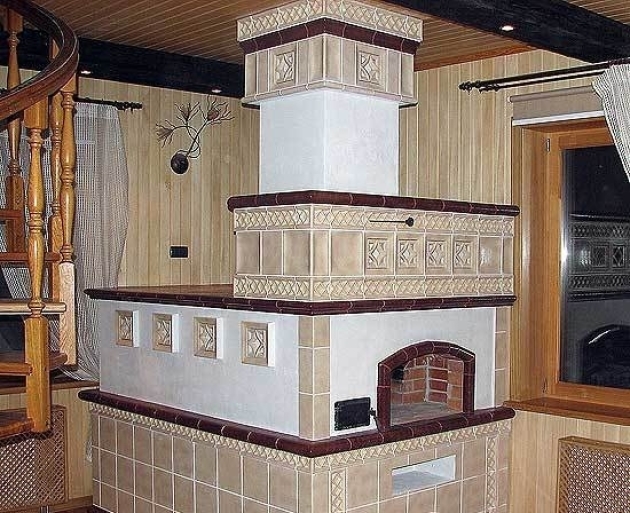
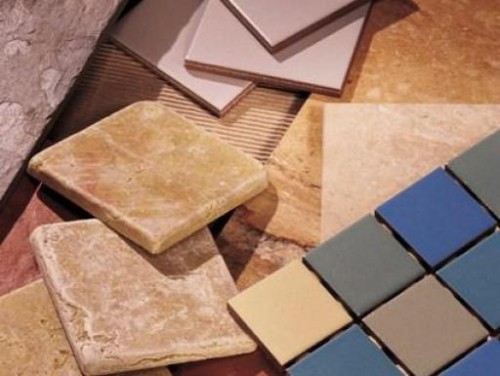
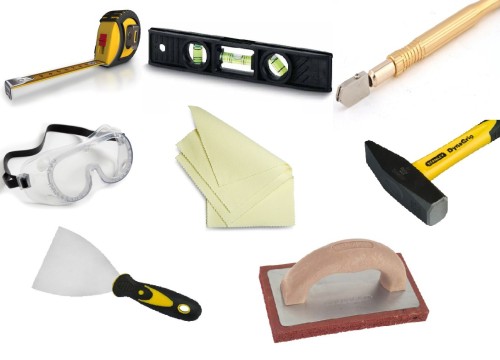

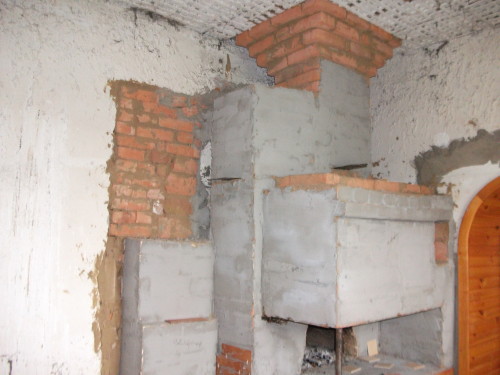
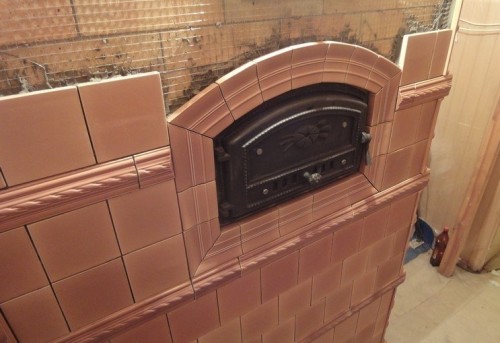
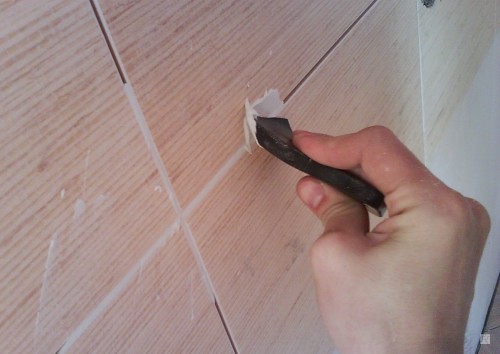
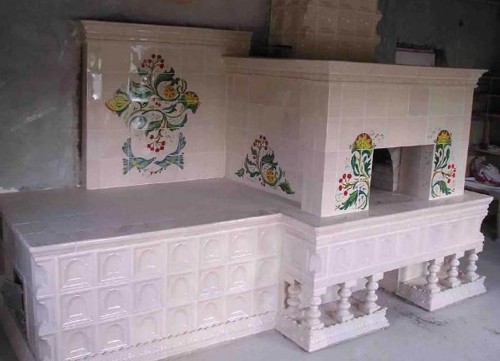
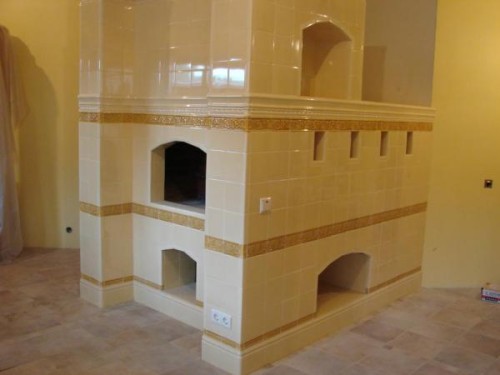
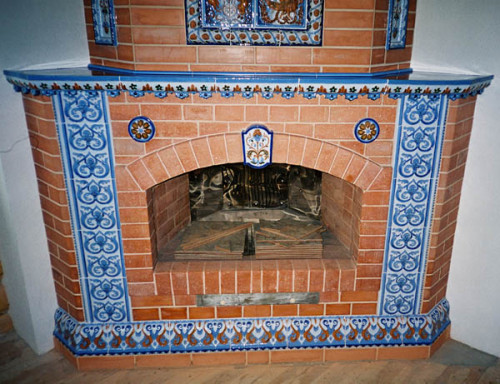


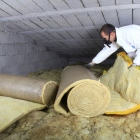
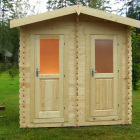



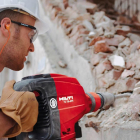
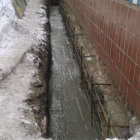
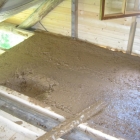



 Start a discussion ...
Start a discussion ...